- +421 951 697 592
- +98 919 290 57 80
- nashapersia@gmail.com
- Mon - Fri: 9:00 - 18:30
Day 1
After arriving at Imam Khomeini International Airport (IKA) in Tehran, our representative will meet and greet you; then, you will be transferred to the hotel to rest.
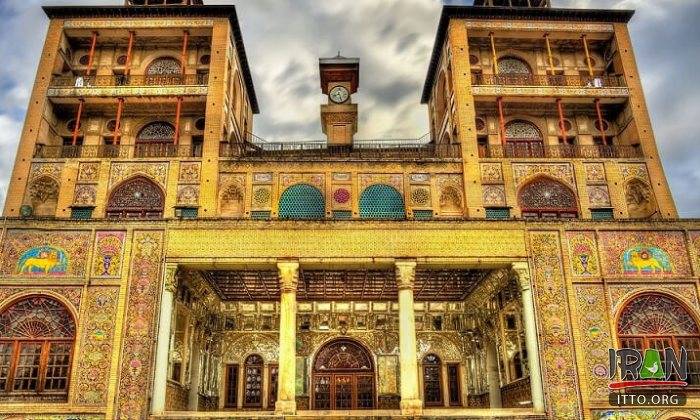
Day 2
This morning, we will take you to a World Heritage Site, the lavish Golestan Palace. Built during the Qajar Dynasty, that rose to power in the late 1700s, this fabulous walled complex is centered on a landscaped garden with tranquil pools. Many of the elements you’ll admire today, date to the 19th century when local Qajari architects and artisans were looking to integrate traditional Persian style with elements of Western and Russian origin. The palace buildings are among the oldest in modern Tehran and they are still regarded as a crowning achievement of the Qajar era.
Then, we will walk around Tehran Bazaar, a few steps far from Golestan Palace. Walking along the Bazaar route, we go to Timche Akbarian. Timche Akbarian dates back to the Qajar era (almost 260 years old) when its main purpose was to exchange money.
Later we take you to the Mehrabad airport in Tehran for your included flight to shiraz
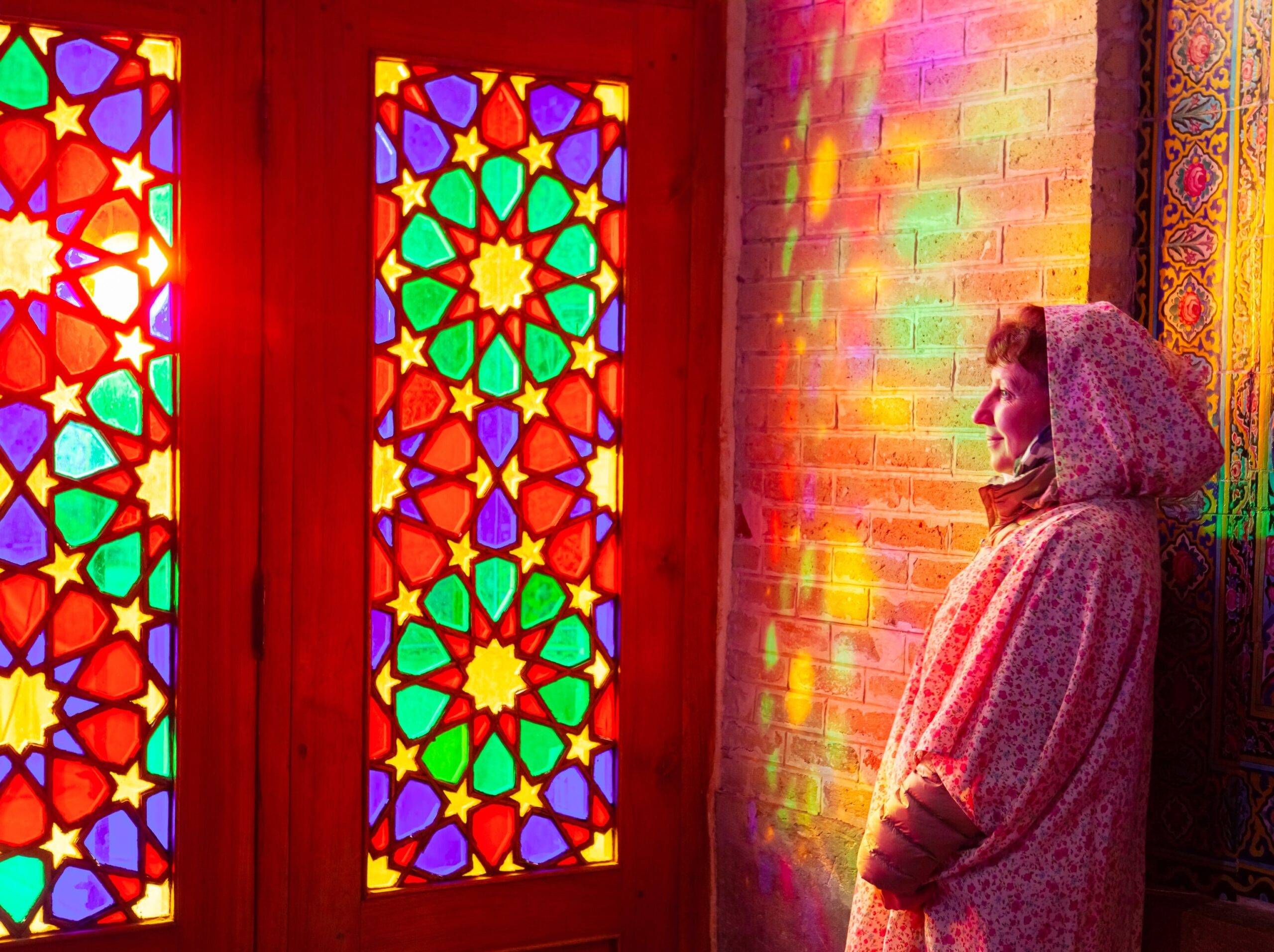
Day 3
After breakfast, you will visit Nasir-al-Mulk Mosque (Pink Mosque) which is a few steps far from Vakil Bazaar. It was built at Mirza Hassan Ali Nasir-al Mulk’s command (one of the lords of the Qajar Dynasty); it took 12 years to complete it in 1888. Its interior reveals a magnificent masterpiece of design with stunning colors. This is a space where light and worship intertwine. The mosque comes to life with the sunrise and the colors dance throughout the day like whirling Dervishes. It reflects on the ground, walls, the arches, and the towering spires. It even reflects on the visitors as if a colorful ball is hit by the first sun ray and has exploded into thousands of butterflies all around.
Continue your exploration in Shiraz at the beautiful orange-scented Narenjestan Garden, laid out in the 19th century during the Qajar Dynasty. Then, you will visit Karim Khan Citadel which was built during the Zand Dynasty.
You’ll have time to explore and shop in the bustling Vakil Bazaar, home to hundreds of stores, beautiful courtyards, and even an ancient caravanserai.
You will end your visit on a tranquil note in the lovely garden-tomb of Hafez. Hafez is one of the great poets who has impressed everyone with his mastery. His poems give us a special feeling and the peace in his tomb is really outstanding.
Overnight: hotel in Shiraz
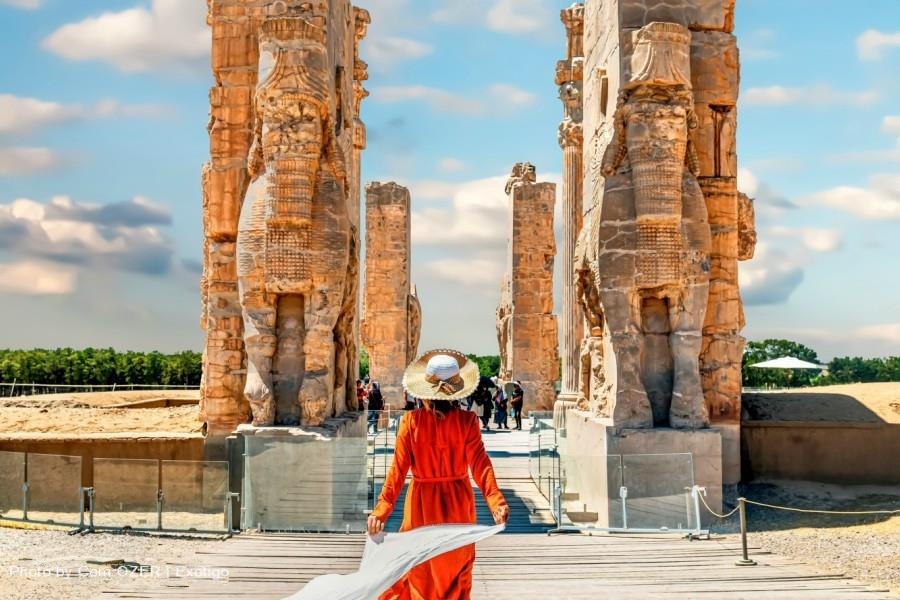
Day 4
Today, we have a full day of driving to reach our destination of yazd; it is a good idea to stock up on locally bought and easily found dates and pistachio nuts for the journey.
First, you will visit Pasargadae, a UNESCO World Heritage Site, the Tomb of Cyrus the Great and former capital of the Achaemenid Empire. We will spend some time exploring the site and though not as striking as Persepolis, there is a great viewpoint where we can look over the site and the surrounding area.
From here, we will drive a couple of miles to Naqsh-e-Rustam, the Necropolis where Darius and his successors are buried. Carved into the side of a cliff, the site is extraordinary in its magnitude and sheer ambition and does not disappoint even after the impressive Persepolis.
Then, we will have some stop on our way to visit the Legendary City of Persepolis, the former capital of Darius the Great which was founded in 512 BC. There was no more impressive construction in the ancient world than Persepolis, except perhaps the Karnak in Egypt. Darius built the terrace, Apadana (great audience hall), Tachana (a palace), and the Monumental Staircases; his son, Xerxes, added the Harem and the Hall of 100 Columns. Alexander the Great entered Persepolis in January 330 BC and then committed an uncharacteristic act of wanton destruction that still mystifies historians today, burning the mighty city to the ground. Though a shadow of its former self, the soaring pillars, terraces and sculptures of Persepolis still remain, but probably most impressive are the bas reliefs which line the site, telling the story of ancient governors and kings that came to Persepolis to pay tribute to the Persian Emperors.
Continue to Meymand and check into the hotel

Day 5
Today will be spent visiting Meymand, an exotic village; in which people are living in a kind of stone house/cave. This village has won the international Melina Mercury Prize, because of the adaptation of human being and nature.
Then we move to Kerman.Today by visiting Moshtagh Alishah tomb, you have an opportunity to get acquainted with Sufism and mysticism. Then you will see Kerman Jame mosque and its majestic Persia structure.
In Kerman visit Ganjali Khan Complex. The complex is composed of a school, a square, a caravanserai, an Ab Anbar (water reservoir), a mosque, a bazaar and a bathhouse. You will uncover Iranian old style bath in Ganjali Khan Bath of Kerman.
Overnight: Kerman

Day 6
Today on the way shahdad you will stop in Mahan and Meet Sufis who have travelled a long way to paying homage to their Sufi master Shah Nematollah Vali in his shrine. Get relax in Shahzadeh Garden and admire a great example of Persian gardens that depicts a high contrast between a green garden and a harsh dessert at the background. Then we will continue to shahdad
After lunch, drive to Shahdad is located at the edge of the Lut desert, for visiting a wonderful scenery of desert in Kaluts. Kaluts are the wonderful sandy shapes created by wind or water erosion. They are the most beautiful natural phenomena. They are unique and can’t be found in any desert of the world. In the evening, we will return to Kerman.

Day 7
Then we continue to Yazd. On the way to Yazd visit Zein-Al-Din Caravanserai of Mehriz. Robat Zein-Al-Din, a masterpiece of architecture from Safavid era, is a beautiful traditional caravanserai, restored to its original glory. This caravanserai is orbicular from outside and twelve findings from inside. You enter the circular structure through a small wooden door and you find yourself in a beautiful courtyard. It has succeeded in obtaining the award for the best repair in the year 2006 by the UNESCO and has been known as one of the 101 superior hotels in the year of 2009 Overnight: Yazd – 366 – 4 чеса
Then we continue to Yazd After lunch, you will visit Tower of Silence, you’ll learn about one of the traditions of this ancient pre-Islamic religion. Until the mid-1900s, the dead were transported to this tower where they were left to decompose and be devoured by birds. Zoroastrian tradition considers a deceased body to be “unclean” and this process of excarnation prevents contact with either fire or earth– both of which are considered to be sacred.
At the still-active Zoroastrian Fire Temple, you’ll see a flame that is said to have been burning for the past 1,500 years. It’s an important pilgrimage site for the faithful and here our expert guide will offer additional insight into one of the world’s oldest monotheistic religions.
In Amir Chakhmaq Square, you’ll see a very impressive Hussainiya– a congregation hall for Shia commemoration ceremonies. With three tiers of recessed alcoves, all perfectly proportioned, its facade is one of the city’s most photographed landmarks.
The next place to visit is the Friday Mosque, built in 1324, where you can gaze upon the tallest minarets in the country.
Among the many other historic sites to be seen in Yazd are beautiful old homes and the Dowlat Abad Garden. Standing by the garden’s long reflecting pool, you’ll be shaded by ancient cypress trees. Ahead of you is an 18th-century hexagonal pavilion with a beautiful stained glass window and a graceful wind tower– the tallest in Iran. All around are flowering fruit trees and other ornamental plants and trees.
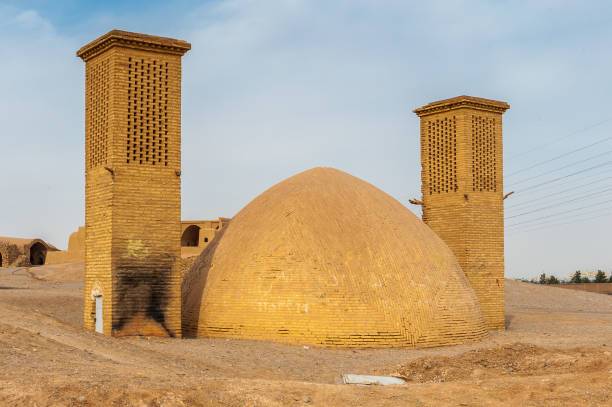
Day 8
Leaving Yazd behind, your first stop this morning will be in Meybod where your first impression might be its striking monochromatic architecture of desert brick. But set along an ancient trade route, Meybod also offers a number of fascinating sites to visit including its caravanserai. Built in typical Safavid style, this ancient desert inn features verandahs, shaded passageways, and nearly 100 rooms– some of which are now used as artisan workshops. At the local icehouse, you’ll learn about the thick-clay construction and subterranean chamber that allowed local residents to have ice and food storage before refrigeration– even during the intense desert heat of summer! and And Visiting Pigeon tower or house is one of those activities that would make you satisfied.
Your overland journey continues to the small town of Na’in, an ancient community with origins dating back to the 8th century. We will visit the Jame mosque of Naien.
Then, we will go to Esfahan
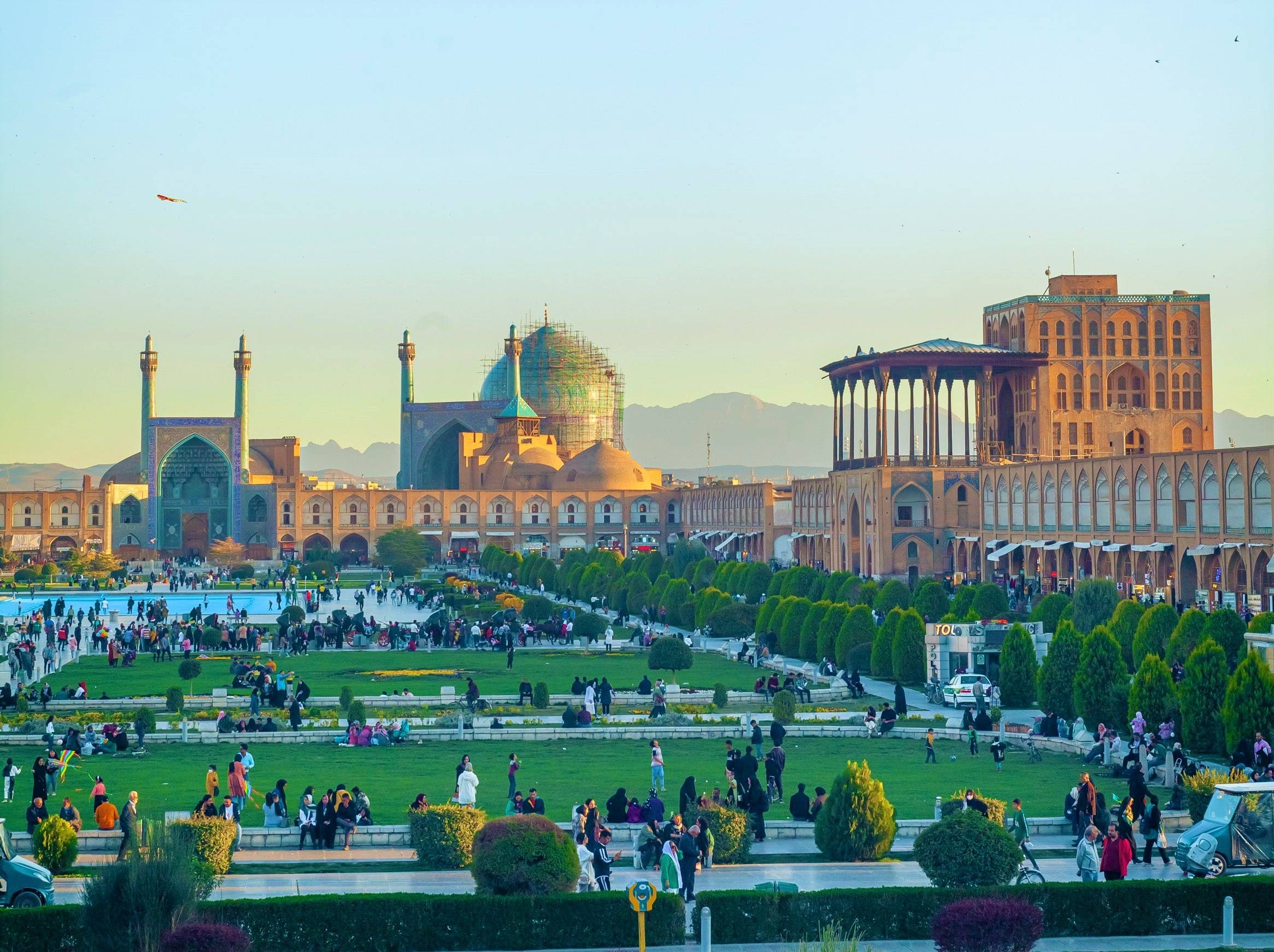
Day 9
our exploration starts in Imam Square. This 17th-century site is one of the largest public spaces in the world. Here in the square, you’ll visit the 17th-century Shah Mosque, revered as a masterpiece of Islamic architecture and easily recognized by its magnificent tile-work and soaring cupola and minarets.
You will also visit Sheikh Lotfollah Mosque, also known as the Ladies Mosque, as it was built for the Shah's harem, renowned for a brightly colored domed ceiling, where the light creates the image of a peacock. In the Ali Qapu Palace, you’ll marvel at its beautiful music rooms and the balconies where Safavid kings would sit to enjoy the polo matches unfolding in the square below.
You’ll end your exploration of the square by visiting the Qeisarieh Bazaar. With hundreds of local vendors that specialize in traditional arts and crafts, it’s a wonderful place to shop for pottery, enamel, jewelry, and delicately inlaid board games.
If time permits, visit Si-o se pol.

Day 10
Leaving Isfahan behind, we’ll travel south to Kashan, a town originally famous for its textiles and ceramic production.
Then, you will visit Boroujerdi Traditional House. It was built about 130 years ago in the reign of Qajar dynasty (1857) by Iranian famous architect Ustad Ali Maryam. The owner was Haj Seyed Hasan Natanzi, a well-known merchant who mostly dealt with people of Boroujerd city. That’s why the house is known as Boroujerd's House.
Afterwards, we will visit the Traditional Sultan Amir Ahmad Bathhouse - is a historical monument, showing the importance of bath culture not only for cleansing but for social life. There is also the chance to buy some rose water, a local specialty, outside of the site.
Overnight: hotel in Tehran
Day 11
Our representative will transfer you to Imam Khomeini International Airport according to your flight time
•Transfer to/from the airport •Domestic flight •English and russian-speaking guide’s services •All nights accommodation in 3-4 star hotels •Land travel in Iran by an air-conditioned coach •Visa reference code for Iran
•International air fares, taxes and surcharges •Travel insurance •Visa fee •Tips to local guides and drivers